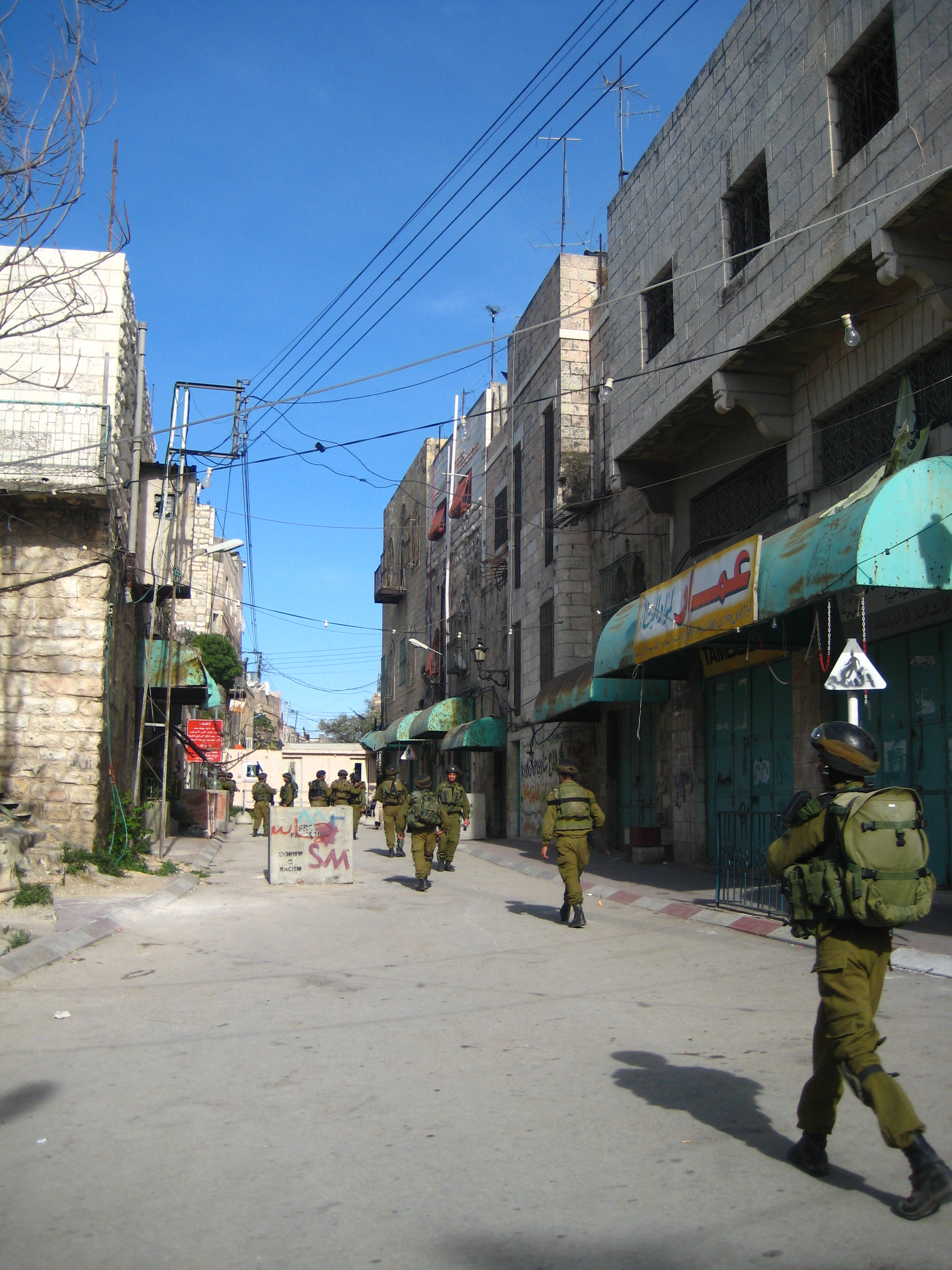-
Political organization, resistance, and education in Israeli prisons
by Alistair George and Ben Lorber 24 November 2011 | International Solidarity Movement, West Bank Raed Atrash, 25, is a presenter and journalist working in Hebron; his work focuses on prisoner’s issues. He interviews prisoners, ex-prisoners and their families, and he writes articles and presents programmes on the issue. Issa Amro is the director of […]
-
Dkaika: Israel continues to expel Bedouins
by Aida Gerard 23 November 2011 | International Solidarity Movement, West Bank The entire Bedouin village of Dkaika encounters demolitions, and all the villagers face expulsion. Every single construction of Dkaika has a demolition order totally over 75 demolition orders including a mosque, a school, a graveyard, water cisterns, housing tents, and folds for sheep. […]
-
An interview with Amer Ahmad Al-Qwasmah, former prisoner
by Alistair George 23 November 2011 | International Solidarity Movement, West Bank Amer Ahmad Al-Qwasmah, 45, was released on 18 October 2011 as part of the prisoner exchange deal that saw 477 Palestinian prisoners (with 550 to be released at a further time, thought to be in December) in exchange for Gilad Shalit, the Israeli […]
Action Alert An Nabi Saleh Apartheid Wall Arrests BDS Bethlehem Bil'in Cast Lead Demonstration Denial of Entry Ethnic Cleansing Farmers Gaza Global Actions Hebron House Demolition International law Israeli Army Jerusalem Live Ammunition Nablus Ni'lin Prisoner Ramallah Rubber-coated steel bullets Settlement Settlers Settler violence Tear-Gas Canister Video



